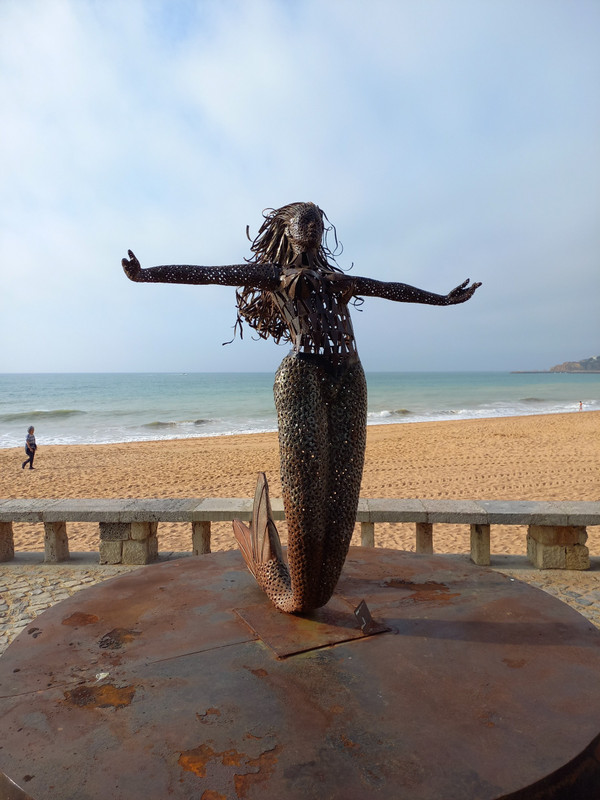The Manitou Springs Cliff Dwellings were moved here from McElmo Canyon, Colorado, in 1907. The Cliff Dwellings are an imitation of such prehistoric houses as those mentioned at p. 493 [Mesa Verde] and contain a few Indian 1909 IMG_6920
Tuesday morning we returned to Manitou Springs to see the Manitou Springs Cliff Dwellings. The cliff dwellings were moved to this alcove location in Manitou Springs from McElmo Canyon in 1907. (There is continued dispute about how accurate the reconstruction is, but if one is not going to Mesa Verde, this is a good alternative.) The dwellings are very interesting to visit and they do give one an idea of how the Pueblo peoples lived in the 12th century. They are fairly well interpreted. In addition, there are beds of plants used by the Pueblos and other Native Americans placed around the dwellings and these are excellently interpreted.
Down from the cliff dwellings are a gift shop and museum building. The museum has a number of displays on Pueblo daily life and material culture. The museum is a private enterprise and the objects were probably acquired long ago. Such a collection could not be assembled today. There are examples of pottery ranging from the 12th to 14th centuries. Some objects are from Colorado, and others from Arizona and New Mexico reflecting the migration of the Pueblo peoples there after about 1200. Rock art from McElmo Canyon is undated. (I have
not been able to find dating for the McElmo petroglyphs after later looking though several sites. Suffice to say they are old.) Drawings and dioramas depict pit dwellings constructed on the mesas in the dwelling period, ca. These dwelling were partially dug into the ground and then covered over with wood and clay. This display had me thinking of the turf dwellings we learned about in Iceland. I observed is construction ideas and purpose between the clay coved mesa dwellings and the turf dwellings built by the Norse in the 9th century. They are both types of pit houses. People will make do with what the surrounding terrain provides to insulate themselves from cold or heat.
There is also a clay horno displayed outside. Horno simply means oven in Spanish. It is thought that the mesa and cliff dwellers originally cooked their food in open fire pit ovens. The Spanish introduced the idea of the beehive shaped oven in the 16th century. Built of stone or brick in Europe, beehive ovens were made of clay bricks in the southwest as that what the material available. The Native Americans quickly made them their own. (One
sees similar beehive clay ovens in the California missions and adobes and in Mexico and South America.) The Spanish also introduced wheat as a crop which led to the baking of bread in the beehive ovens. Crops cultivated before European contact were corn (maize), squash and beans.
Travelmates near









